Vampyr: The Masters of Cinema Series
Introduction
The Danish filmmaker Carl Theodor Dreyer was one of the most respected directors of the silent era, with La Passion de Jeanne d'Arc universally recognised as his finest film. With Vampyr he moved into the sound era, recruiting a multilingual cast to enable him to shoot for the German, French and English speaking markets - this is the German language version.
Based on the five short stories in Sheridan Le Fanu's book 'In a Glass Darkly', Vampyr is not entirely plotless but has only a loose narrative structure. A young man, Allan Gray, books into an inn near the village of Courtempierre and, during his first night, he wakes to find an old man in his bedroom despite having locked the door. The man says "She must not die...do you hear?" and places a package on the desk writing on the brown paper wrapping "To be opened after my death". Later the man is shot and fatally wounded by what appears to be a shadow and Gray opens the package to find a book on vampire folklore.
Another guest at the inn is suffering from severe anaemia and no amount of treatment or blood transfusions seem to help. Allan Gray begins to see bodiless shadows, hears sounds that have no source and sees an old woman in the garden bent over a seemingly lifeless corpse. As he reads the book, he suspects that something supernatural is affecting the village.
Video
As the DVD explains, the original German negative was lost and this has been compiled from various French and German sources. As the film is 76 years old and the original negative was unavailable the picture quality is far from pristine with varying amounts of scratches and other detritus. However, this is understandable and does not really detract from the film, which is presented in its original aspect ratio of 1.19:1.
Dreyer employs trick photography and tremendous use of light and shadow to give the film an otherwordly look.
Audio
This was Dreyer's first 'talkie' and the German dialogue is minimal, with intertitles and shots of the book playing a large part in the narrative. What dialogue there is isn't great but the subtitles are excellent and the score is superb - you have the choice of the soundtrack in both restored and unrestored states. The default track is the unrestored version with plenty of hiss and crackle so, as the menu (at least on the review disc) doesn't have an audio option, you need to use your remote to get to the restored track which is beautifully clear.
Extra Features
There are two commentaries, the first by film scholar Tony Rayns who provides an authoritative and academic view of the film which adds much to your understanding of the way Vampyr was made and provides a valuable insight. The other commentary is by Guillermo del Toro, a massive fan of the film and this is a great companion to Rayns' commentary as he points out things out that Rayns doesn't and gives his views as a Catholic and a filmmaker.
There are two deleted scenes, removed by the German censor in 1932 due to their violent nature - these are interesting but aren't intrinsic to the story so it's no loss that they weren't integrated during the restoration.
The 1966 documentary Carl Th. Dreyer by Jörgen Roos is a fascinating look at the man and his films. The visual essay by scholar Casper Tybjerg on Dreyer's Vampyr influences is similarly interesting.
The disc has The Baron - a short MoC documentary about Baron Nicolas de Gunzburg but this was not finished in time for the review discs. Also promised is a pdf of the Sheridan Le Fanu's Carmilla which is one of the inspirations for the film but this was also not on the review disc.
The retail version will also come with an 80-page book featuring rare production stills, a facsimile reproduction of the 1932 Danish film programme, writing by Tom Milne (The Cinema of Carl Dreyer), Jean and Dale Drum (My Only Great Passion: The Life and Films of Carl Th. Dreyer), and Martin Koerber (film restorer).
Conclusion
Including the commentaries I have now watched Vampyr four times and could easily watch it again. With each viewing I have noticed something new and appreciated it even more as a superb piece of cinematic art. The film, as del Toro points out, is full of memento moris and has a deep religious aspect to both the visuals and theme.
There are many scenes that stick out and are memorable, chiefly the sequence where Allan Gray witnesses his own funeral which is shot with incredible beauty and style. At times you may wonder where the film is going as it does not follow a strict linear narrative but on repeat viewings this confusion disappears and the reward becomes greater.
The Masters of Cinema label is basically the British equivalent of the Criterion Collection and they have continued to cement their reputation of unearthing lost classics and giving them the treatment they deserve. This haunting masterpiece is one of the finest I've had the pleasure of reviewing this year and heartily recommend it to all lovers of classic cinema and horror films.
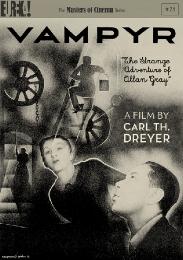
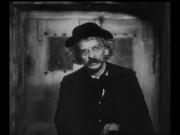
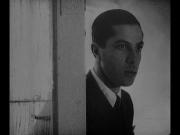
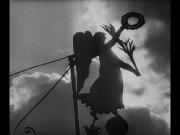

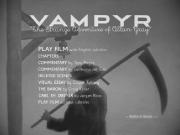
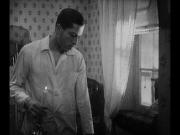
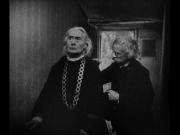
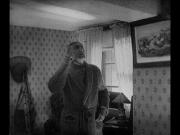
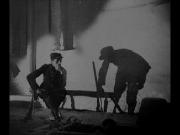
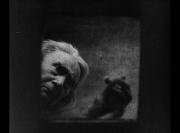
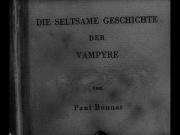
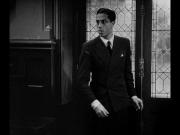
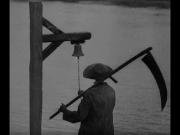
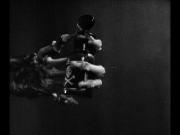
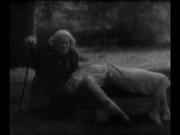
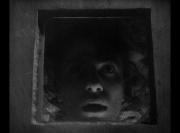













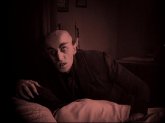























Your Opinions and Comments